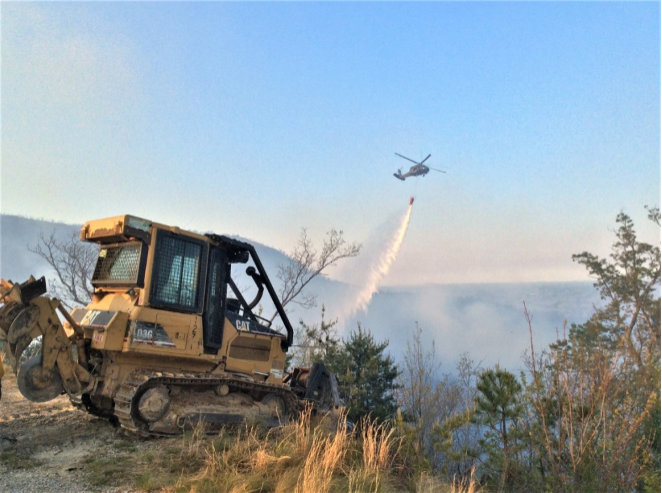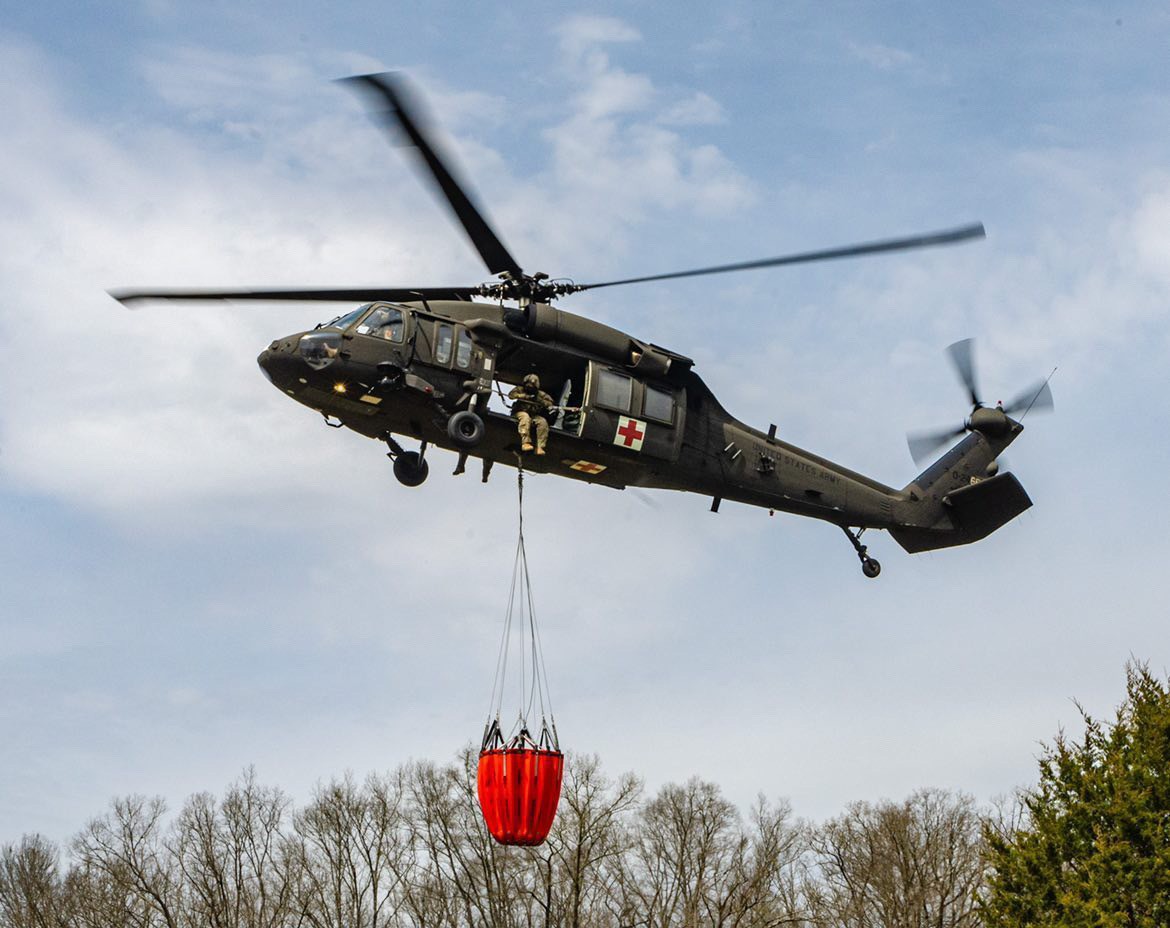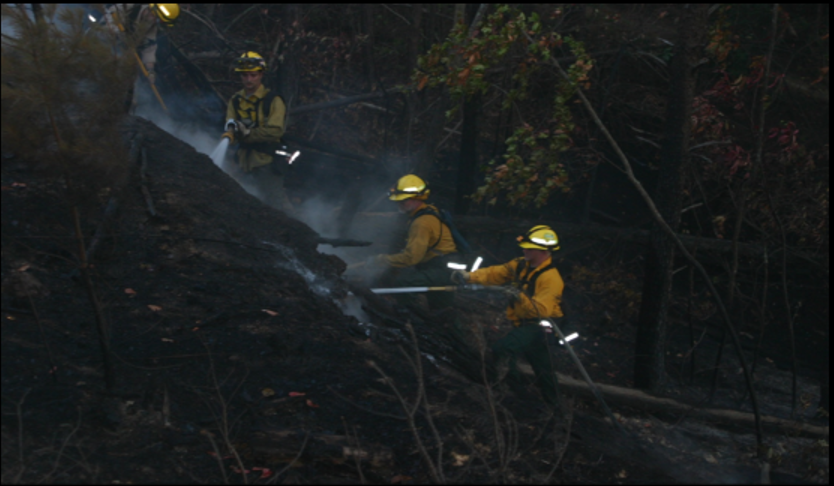How We Fight Fire
Protecting communities from wildland fires requires coordinated teamwork, proven expertise, and specialized resources. Our approach is grounded in scientific principles.
Primarily, we focus on disrupting the fire triangle by removing heat, fuel, or oxygen. This method effectively halts the spread of fire.

Our Approach
The following outlines our standard operational procedures:
TDF operates a robust fleet, including 112 type 3 dozers and 94 type 6 engines strategically positioned across Tennessee. Newer John Deere 650 models are being integrated to replace aging Caterpillar machines, ensuring our response capabilities remain current.
How do we use this equipment?
- In rough steep terrain or where the fire is very intense, indirect line (located away from the fires edge that is suitable for working) is often constructed.
- The type 6 engines have 325-gallon water tanks and rugged off-road capabilities, which allows these specialized vehicles to tackle tough terrain where larger trucks aren't able to operate.


In terrain unsuitable for heavy machinery, trained hand crews deploy to remove fuels manually. Their expertise allows for precision in areas that require careful attention. Collaboration between hand crews and dozer teams ensures the comprehensive establishment of fire barriers.
Our goal is to complete a “black line”—a continuous fireline encircling the fire to provide a secure zone for personnel and prevent further spread. In cases of extreme fire behavior or difficult topography, indirect firelines may be established at a safer distance from the fire’s active edge.

When wildland fires escalate in intensity or speed, aerial resources become essential. Aircraft, including both fixed-wing planes and helicopters, are deployed to deliver water or fire retardant, supporting suppression efforts on the ground. We maintain strong partnerships with the Tennessee Army National Guard, utilizing Black Hawk helicopters for aerial firefighting.
Additionally, we coordinate with federal contract airtankers as needed, with dispatch facilitated by our regional coordination center in Atlanta.


Effective incident management depends on seamless communication. Our teams utilize a statewide radio network, encompassing both base and mobile units, to relay critical information in real time.
The Division of Forestry dispatches emergency resources in four zones across the state; each zone headquarters is located in a district office. The Fire Resource Coordinator for each district is responsible for dispatching and tracking resources. Finally, the Nashville office provides overall state coordination. You can learn more about our four district and headquarters through our staff directory.
The Division and its federal partners operate on the Very High Frequency (VHF) band width. The mobile handheld radios are currently being upgraded to Bendix/King programmable radios.
Following containment of the primary fire, thorough mop up operations are conducted to eliminate any remaining heat sources and prevent reignition. These activities include the application of water or foam, overturning soil to expose hidden embers, and extinguishing hotspots. Personnel employ a variety of tools, such as shovels, flappers, backpack blowers, chainsaws, and drip torches, to ensure comprehensive mitigation of residual fire threats.
